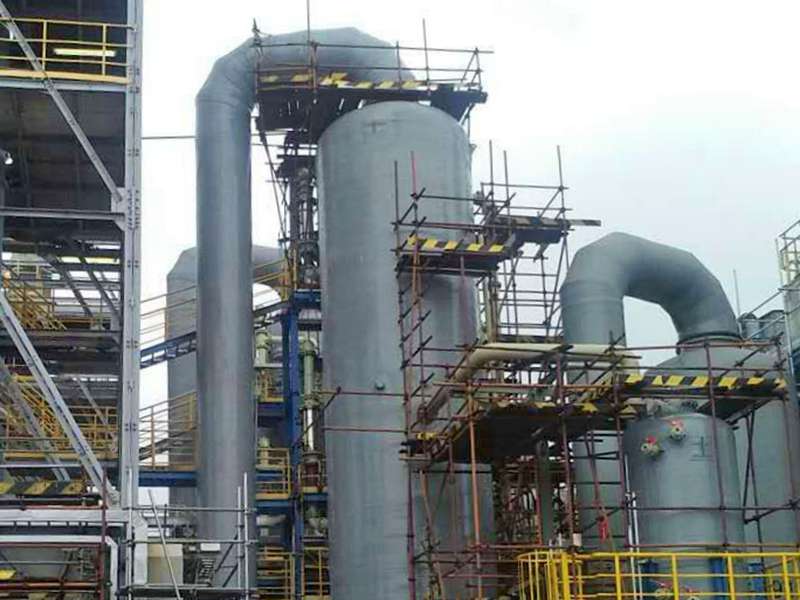
-
 Afrikaans
Afrikaans -
 Albanian
Albanian -
 Amharic
Amharic -
 Arabic
Arabic -
 Armenian
Armenian -
 Azerbaijani
Azerbaijani -
 Basque
Basque -
 Belarusian
Belarusian -
 Bengali
Bengali -
 Bosnian
Bosnian -
 Bulgarian
Bulgarian -
 Catalan
Catalan -
 Cebuano
Cebuano -
 China
China -
 China (Taiwan)
China (Taiwan) -
 Corsican
Corsican -
 Croatian
Croatian -
 Czech
Czech -
 Danish
Danish -
 Dutch
Dutch -
 English
English -
 Esperanto
Esperanto -
 Estonian
Estonian -
 Finnish
Finnish -
 French
French -
 Frisian
Frisian -
 Galician
Galician -
 Georgian
Georgian -
 German
German -
 Greek
Greek -
 Gujarati
Gujarati -
 Haitian Creole
Haitian Creole -
 hausa
hausa -
 hawaiian
hawaiian -
 Hebrew
Hebrew -
 Hindi
Hindi -
 Miao
Miao -
 Hungarian
Hungarian -
 Icelandic
Icelandic -
 igbo
igbo -
 Indonesian
Indonesian -
 irish
irish -
 Italian
Italian -
 Japanese
Japanese -
 Javanese
Javanese -
 Kannada
Kannada -
 kazakh
kazakh -
 Khmer
Khmer -
 Rwandese
Rwandese -
 Korean
Korean -
 Kurdish
Kurdish -
 Kyrgyz
Kyrgyz -
 Lao
Lao -
 Latin
Latin -
 Latvian
Latvian -
 Lithuanian
Lithuanian -
 Luxembourgish
Luxembourgish -
 Macedonian
Macedonian -
 Malgashi
Malgashi -
 Malay
Malay -
 Malayalam
Malayalam -
 Maltese
Maltese -
 Maori
Maori -
 Marathi
Marathi -
 Mongolian
Mongolian -
 Myanmar
Myanmar -
 Nepali
Nepali -
 Norwegian
Norwegian -
 Norwegian
Norwegian -
 Occitan
Occitan -
 Pashto
Pashto -
 Persian
Persian -
 Polish
Polish -
 Portuguese
Portuguese -
 Punjabi
Punjabi -
 Romanian
Romanian -
 Russian
Russian -
 Samoan
Samoan -
 Scottish Gaelic
Scottish Gaelic -
 Serbian
Serbian -
 Sesotho
Sesotho -
 Shona
Shona -
 Sindhi
Sindhi -
 Sinhala
Sinhala -
 Slovak
Slovak -
 Slovenian
Slovenian -
 Somali
Somali -
 Spanish
Spanish -
 Sundanese
Sundanese -
 Swahili
Swahili -
 Swedish
Swedish -
 Tagalog
Tagalog -
 Tajik
Tajik -
 Tamil
Tamil -
 Tatar
Tatar -
 Telugu
Telugu -
 Thai
Thai -
 Turkish
Turkish -
 Turkmen
Turkmen -
 Ukrainian
Ukrainian -
 Urdu
Urdu -
 Uighur
Uighur -
 Uzbek
Uzbek -
 Vietnamese
Vietnamese -
 Welsh
Welsh -
 Bantu
Bantu -
 Yiddish
Yiddish -
 Yoruba
Yoruba -
 Zulu
Zulu
Techniques and Strategies for Effective Insertion of Rock Bits in Drilling Operations
Inserting Rock Bits Techniques and Strategies for Efficiency
In the realm of drilling, particularly in the oil and gas industry, the efficiency of operations can significantly affect both the economy and the feasibility of extraction projects. One of the critical components of drilling systems is the rock bit. Selecting the right inserting rock bit and employing effective techniques and strategies during the operation can greatly enhance drilling performance and reduce operational costs. This article delves into the various techniques and strategies for effectively inserting rock bits to achieve optimal efficiency.
Understanding Rock Bits
Rock bits are tools used to break and penetrate various geological formations during drilling operations. The selection of a rock bit depends on several factors, including the type of formation being drilled, the drilling depth, and the specific conditions of the drilling environment. Common types of rock bits include roller cone bits, diamond bits, and polycrystalline diamond compact (PDC) bits. Each type offers distinct advantages and is suited for different drilling scenarios.
Key Techniques for Inserting Rock Bits
1. Bit Selection Based on Formation The first step in ensuring efficient drilling is selecting the appropriate rock bit for the formation being targeted. For example, roller cone bits are often preferred for soft to medium formations, while PDC bits excel in hard rock conditions. Conducting a thorough geological analysis can guide operators to make an informed decision, potentially saving time and money during the drilling process.
inserting rock bits techniques and strategies for efficient

2. Optimizing Weight on Bit (WOB) A critical factor in the drilling process is the weight applied to the bit, known as weight on bit (WOB). Too little weight can lead to inefficient cutting, while excessive weight can cause excessive wear and premature failure of the bit. Operators should continuously monitor and adjust WOB during drilling to find the optimal balance that allows for efficient bit penetration and minimizes wear.
3. Leveraging Bit Hydraulics The use of drilling fluids plays a vital role in effectively inserting rock bits. Hydraulic performance, influenced by mud properties and flow rates, can enhance the cutting action of the bit. Properly designed hydraulic systems help to clear cuttings from the bit face, cool the bit during operation, and provide necessary lubrication. Operators should regularly evaluate their mud program and consider adjusting parameters to enhance hydraulic performance.
4. Temperature Management Excessive heat can lead to severe damage and reduce the lifespan of rock bits. Implementing effective cooling techniques, such as using temperature sensors to monitor the bit and adjusting drilling parameters accordingly, can help maintain optimal temperatures during operations. The use of advanced drilling fluids that can withstand high temperatures also contributes to temperature management.
5. Regular Maintenance and Inspection To ensure prolonged efficiency, regular maintenance and inspection of rock bits are crucial. Operators should inspect bits for signs of wear or damage between drilling sections. Replacing bits at the right time can prevent inefficient drilling and costly downtime. Implementing a bit tracking system can provide valuable data on performance metrics, helping to make informed decisions about when to replace or repair bits.
Conclusion
Inserting rock bits efficiently in drilling operations involves a multi-faceted approach focusing on proper bit selection, optimizing operational parameters, hydraulic performance, temperature management, and regular maintenance. By employing these techniques and strategies, drilling operators can enhance efficiency, reduce costs, and ultimately increase the success rate of their extraction projects. As technology continues to advance, staying updated with the latest innovations in rock bit technology and drilling techniques will be vital for maintaining competitiveness in the ever-evolving drilling industry.









